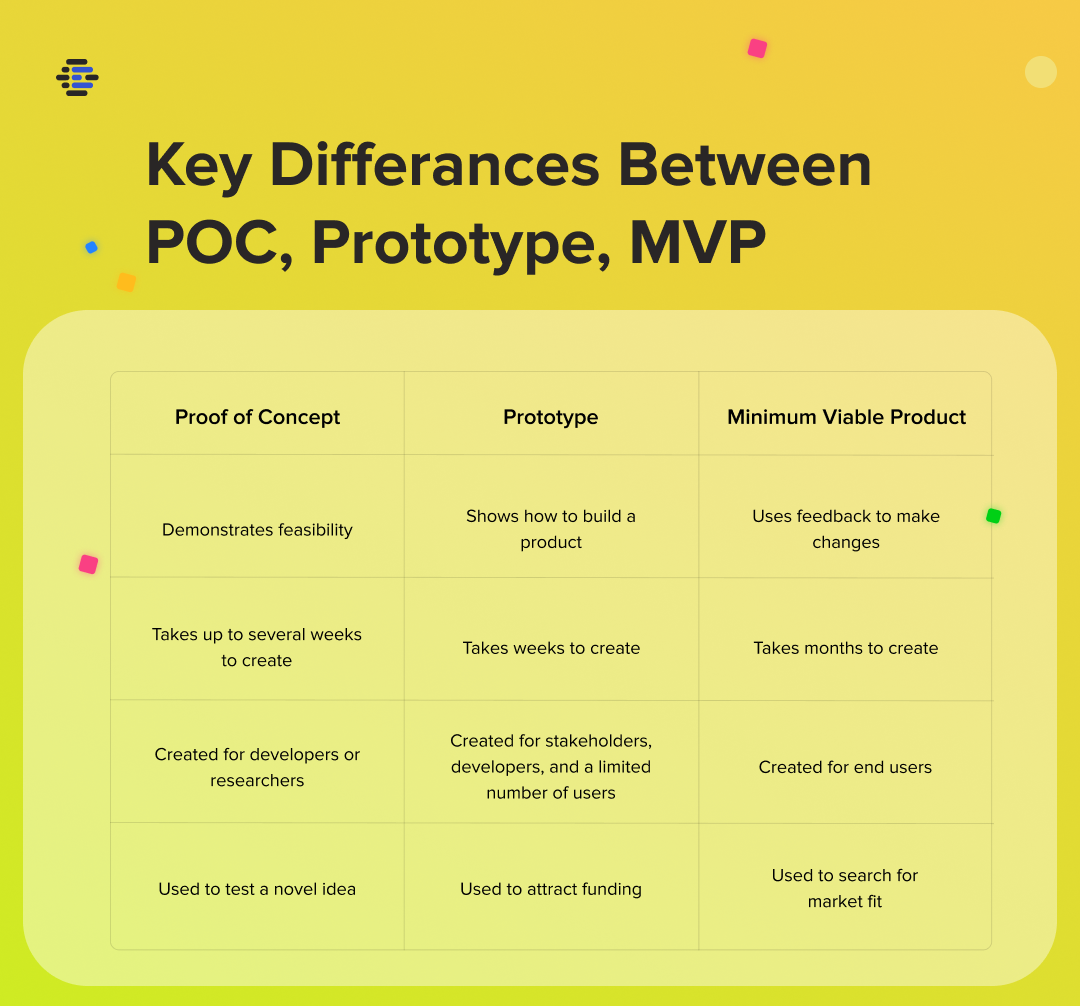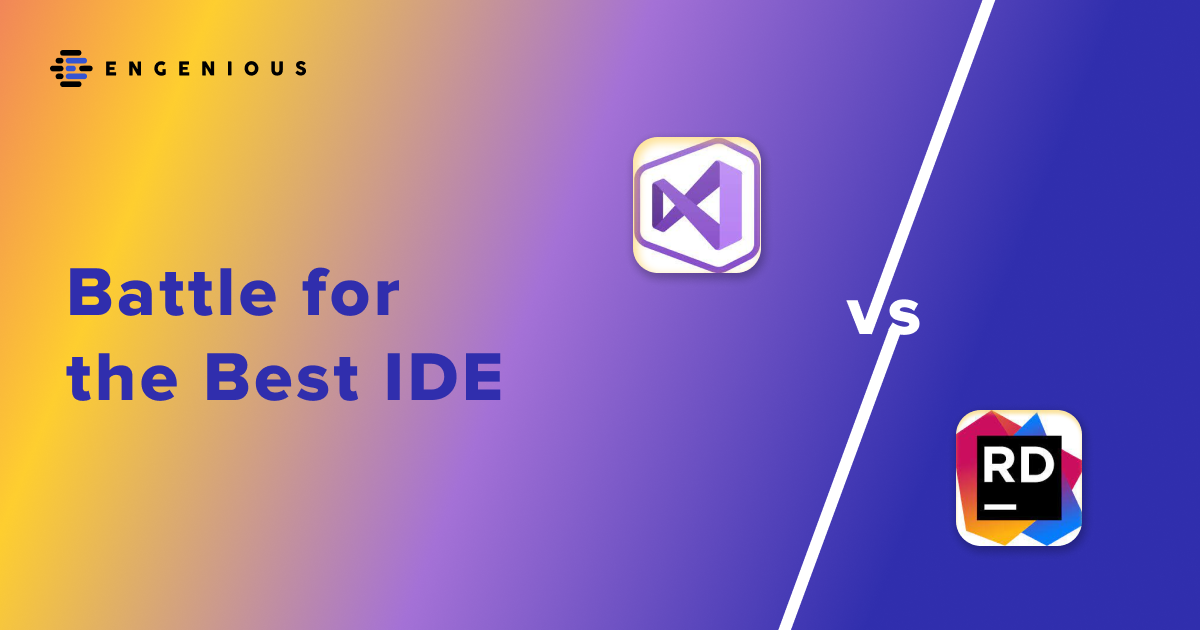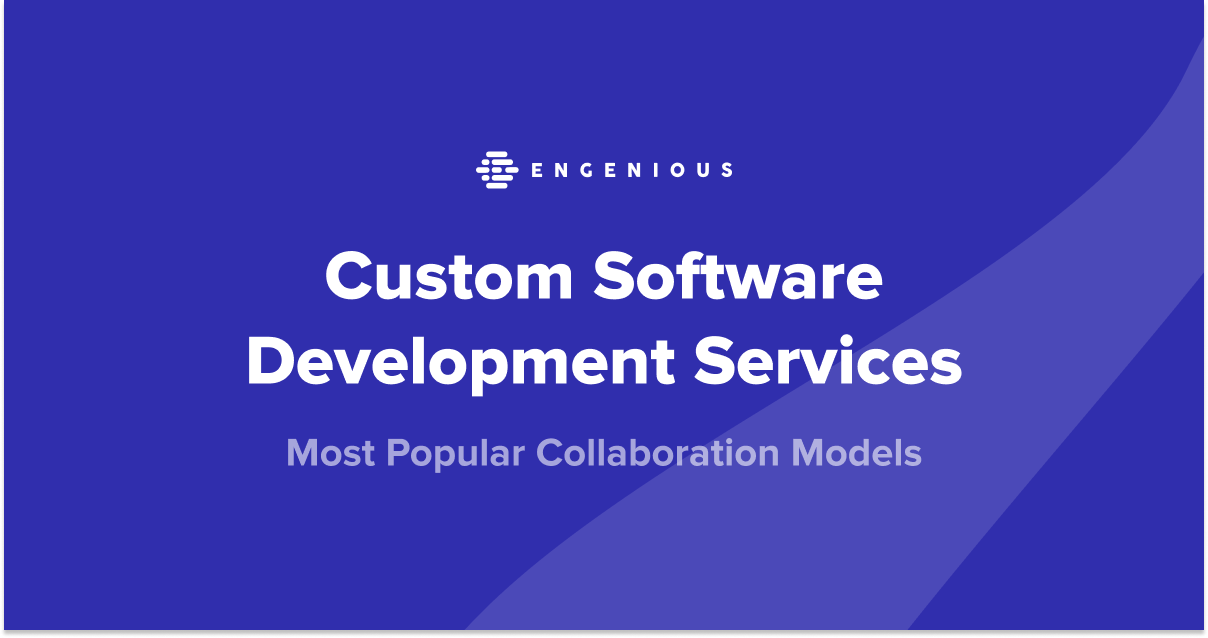Proof of Concept (POC): How to Demonstrate Your Projects Feasibility
Introduction
You’ve got a great idea for an app or a service. You’ve even sketched out some mockups and maybe even have a rough prototype. But how do you know if it’s actually feasible? How can you demonstrate to investors, colleagues, and potential users that your idea is both necessary and viable? The answer is proof of concept (POC).
This article will show you how to use POC in your product development process. Whether you are creating a mobile phone app or a website—and what exactly goes into creating one.
What Is a Proof of Concept?
A proof of concept, also known as a proof of principle, is a realization of a particular method or idea to show its feasibility.
Proof of concept helps us understand the underlying concepts. They allow us to get comfortable with an idea before we start building anything substantial around it. It’s like trying on clothes before you buy them. Even if they don’t end up being your favorite pair of jeans, having tried them out will give you some sense of what works for your body type and what doesn’t—and what could work better in the future.
When Do You Need a Proof of Concept?
Imagine you’re an entrepreneur with an idea for a new product or service, but you aren’t sure if anyone will be interested in buying it yet. A proof of concept allows you to test this out before spending time and money on full-scale production. It involves creating a small pilot project with real customers and using their feedback as part of your decision-making process.
Creating a new project idea:
A proof of concept allows you to test out the effectiveness of a new project idea. If you’re developing something that no one has done before, you’ll need to make sure it works and makes sense in real life.
Adding a new feature to a project:
When you add a new feature to a project, the existing project becomes something new. If you invented a new feature you’re adding to the project, then consider how it will affect the project’s functionality before adding it.
If you’re not adding a new idea or feature to your project, you may not need to do a proof of concept. You can use market research to determine whether there’s precedence for the project you’re working on. And, if there is, use that data in place of a POC.
If you’ve allready gone through this step, you might need more specific things to be done. Check out other our services to bring your business to the new level.
5 Steps for Building a Proof of Concept
Step 1: Prove the Need
It makes sense to invest in building a product if people will use it. If there’s no demand for your product, it’s not worth spending time and money building it. A POC can be used to validate any aspect of your project. It can be used to test market demand, prototype a new feature or idea, validate a business model, or even determine whether users will pay for your product.
The main goal of this phase is to make the “picture” of the product life cycle as accurate as possible. At this stage, you also have to decide whether there will be any restrictions on your product.
Step 2: Set Your Performance Goals
Based on the information gathered, a list of user cases is created to check with the POC. The scenarios help better understand your target audience.
Consider all solutions to a problem. Compare the cost, competition, timeline, technology challenges, etc.
Evaluate each solution and decide which ones to include in the final product.
Step 3: Run Your Proof of Concept Project
Once you have defined your KPIs, it’s time to run your test project. This part of your proof of concept is like a prototype. You’ll create a working model of your product or deliverable. A prototype that can determine whether a solution is a practical matter. So, it’s essential to be able to create one quickly and on a small budget.
Create a prototype and show it to people who fit your target market. The prototype doesn’t need to be as polished as the final product. Still, it should address your target consumer’s pain points.
Step 4: Gather the Metrics
It’s important to get as much feedback from your users as possible. The more information you have about what they really want, the sooner you can focus on those features. You can cut the unnecessary ones and save money by avoiding needless development time and expenses.
The feedback you get from your sample group should include both verbal and nonverbal communication. Your users’ body language and tone of voice may indicate levels of interest in your project idea.
Step 5: Present Your Results
You’ve proven that your idea is feasible, but now you have to convince your stakeholders that your idea is good. The best way to do that is to anchor your POC presentation on the pain points your project will solve and how this work will benefit your audience. When you present your proof of concept, emphasize how your idea will meet the needs of your audience instead of highlighting the features and deliverables you’ll be producing.
Need a POC to test your project? Let’s have a short discussion:
Creating a Prototype and an MVP
After you have convinced your stakeholders of the viability of your idea, there are a few more key steps before you are finished with your proof of concept.
Prototyping
Once you have the basics of your product designed, create a prototype that will allow you to test it with your interviewees and get more feedback. Record their product use to track how intuitive it is and find out if you overlooked any important functionality. This should be a simple product with the core functionality of your imagined solution.
Minimum Viable Product
A Minimum Viable Product is a fully-functioning solution that you can use in the world. It should include only the most important features that solve your primary pain points. Also, it should function like the final product on the user’s side.
An MVP allows you to test your product in a broader audience than the small group you used in earlier design phases. This information is more representative of your market or audience. It allows you to collect more feedback that will tell you if the product meets users’ needs and expectations.
Though you may see terms like proof of concept, prototype, and minimum viable product (MVP) used interchangeably, they are not all the same.

Conclusion
Software development is a long process requiring you to be creative and realistic. Even if you have a brilliant idea, it’s first essential to prove that this idea works before investing time and money into making it a reality.
Sometimes in software development, we face the problem of false expectations. It occurs when the original idea is poorly thought out and worked out. Many cost-effective ways prove that your brilliant idea can become a successful product.
Contact us if you have a project idea that needs to be tested for feasibility. We’ll work with you to turn your hypothesis into a profitable project!


